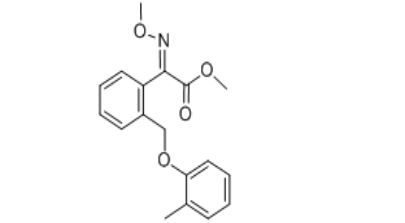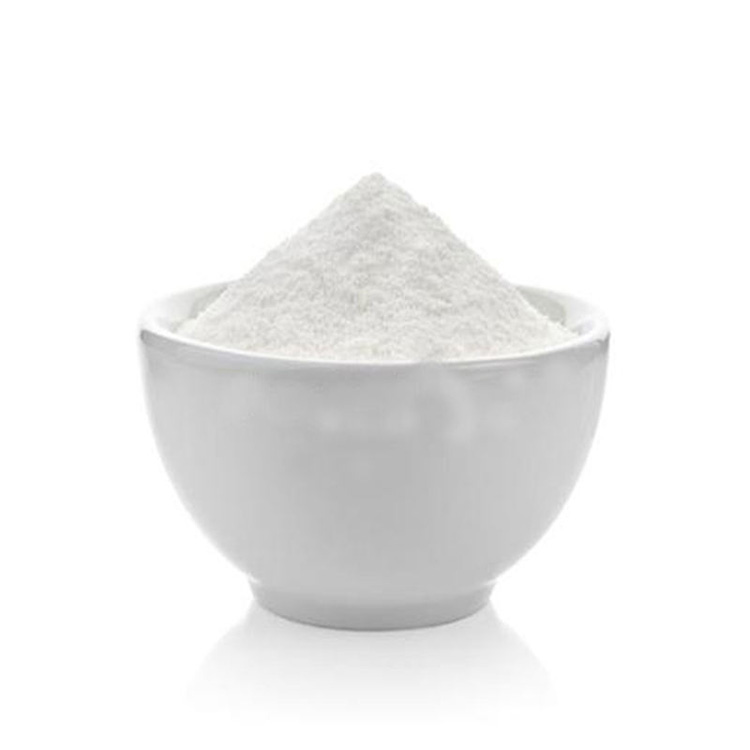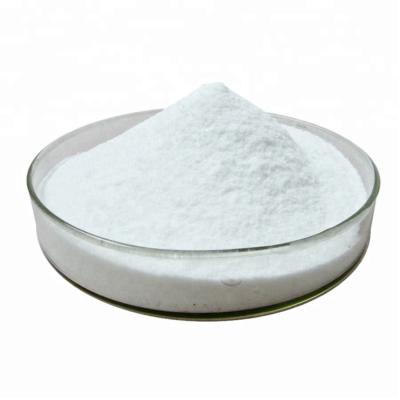The Kresoxim-methyl Methoxy Acrylate Fungicide
Common name: kresoxim-methyl
Chemical name:
(E)-2-Methoxyimino-[2-(o-methylphenoxymethyl)phenyl]methyl acetate
Molecular formula: C18H19NO4
Methoxyacrylate fungicides. The main players are cereal crops, rice, potatoes, apples, pears, pumpkins, grapes, etc.
Product description:
Kresoxim-methyl is a exceptionally powerful, wide-spectrum, new fungicide. it has an amazing control effect on strawberry powdery mold, melon powdery mold, cucumber powdery mould, pear scab and different sicknesses. it can manipulate and deal with maximum sicknesses inclusive of ascomycetes, basidiomycetes, deuteromycetes and oomycetes. it has a sturdy inhibitory effect at the germination of spores and the increase of mycelium in leaves, and has defensive, healing and removing activities. it is widely used to prevent and manage illnesses on fruit bushes, veggies, tea timber, tobacco and different vegetation. similarly, this product will have a wonderful physiological regulation impact on crops. it could inhibit the manufacturing of ethylene and assist plants have an extended time to save bioenergy to make sure maturity; it can extensively improve the interest of crop nitrification reductase. when attacked, it is able to boost up the formation of proteins within the anti-virus.
Common name: kresoxim-methyl
Chemical name:
(E)-2-Methoxyimino-[2-(o-methylphenoxymethyl)phenyl]methyl acetate
Molecular formula: C18H19NO4
Structural formula:

Molecular weight: 313.35
CAS No. :
143390-89-0
Physical and chemical properties:
Kresoxim-methyl is a white powder crystal, melting point: 97.2-101.7℃, density: 1.258kg/L (20℃), vapor pressure 1.3*10-6Pa (25℃), solubility 2mg/L (20℃). Acute oral LD50: The acute oral LD50 of both male and female rats is greater than 5000 mg/kg. Acute transdermal LD50: Acute transdermal LD50 of both male and female rats is greater than 2000mg/kg. No irritation to rabbit eyes and skin. Ames test, mouse sperm teratogenicity test and mouse micronucleus test were all negative.
Usage:
Methoxyacrylate fungicides. The main players are cereal crops, rice, potatoes, apples, pears, pumpkins, grapes, etc. It has protective, therapeutic and eradicating activities for most diseases caused by pathogenic fungi such as Ascomycetes. The recommended dose is safe to crops, non-phytotoxic, and safe to the environment.
Submitted successfully
We will contact you as soon as possible




